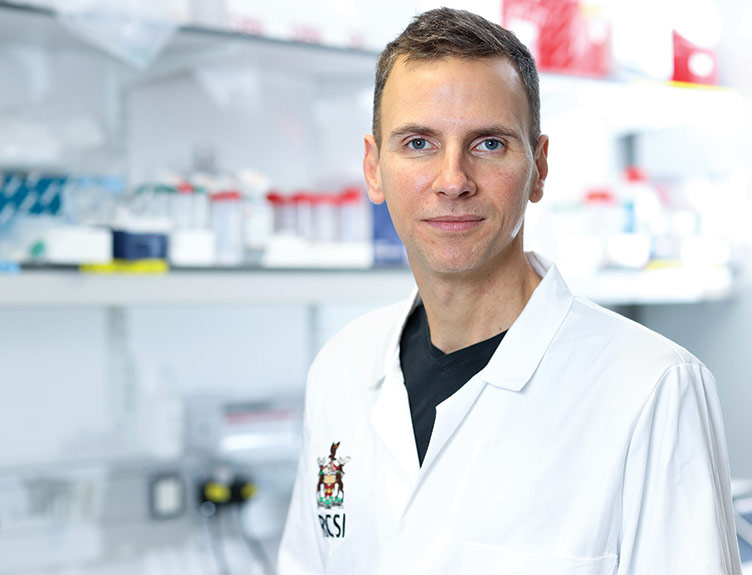Three quarters of Irish people do NOT know what sepsis is

Just 28% of Irish people have an accurate understanding of what sepsis is, according to new research carried out by Behaviour and Attitudes for RCSI and the Rory Staunton Foundation for sepsis prevention. Similar research showed that 55% of people in the US understand what sepsis is.
The research also found that:
- A greater number of people over 50 understand what sepsis is
- The under 25s have the lowest awareness of sepsis
- Significantly more people from the rural parts of Ireland understand what sepsis is
Commenting on the findings, Prof. Steve Kerrigan, Associate Professor in Pharmacology at RCSI and inventor of InnovoSep, a potential new breakthrough therapy in the fight against sepsis, said: “Doctors and researchers will continue their work to find ways of effectively treating sepsis, but awareness is what will really save lives. Every delay of one hour in starting treatment increases the risk of death by 8%. Sepsis can kill in 12 hours and that is why it is so critical that everyone in the community is empowered with the information to ask ‘could it be sepsis?’. These four words could save your life”.
Sepsis, otherwise known as blood poisoning, is a silent killer because it is unpredictable, rapid and can go undiagnosed due to its non-specific signs and symptoms. Sepsis is a bigger killer than heart attack, lung cancer or breast cancer. There were almost 15,000 diagnosed cases of sepsis in Ireland in 2016, resulting in 3,000 deaths*, and 60% of all deaths in hospital** are related to a sepsis infection.
Prof. Steve Kerrigan said: “Sepsis does not discriminate. Everyone, including the youngest and fittest of us, is potentially susceptible”.
Prof. Kerrigan spoke at an RCSI MyHealth public lecture last week which aimed to educate people about the signs and symptoms of sepsis. Prof Kerrigan explained that, “The symptoms of sepsis mimic those of the flu - high temperature, rapid heart rate, rapid breathing, pain, pale or mottled skin, and feeling generally very sick. The main difference between sepsis symptoms and flu is that sepsis will come on very quickly whereas flu comes on over days”.
A group led by Prof. Kerrigan has discovered a potential breakthrough drug, InnovoSep, which could prevent sepsis from occurring in at-risk people or prevent it progressing to a life threatening situation. Prof. Kerrigan said that “this treatment has significant potential but it’s also important for people to be aware that there are simple things we can do to reduce the risk of sepsis occurring. Every cut, scrape or break in the skin can cause infection. All wounds need to cleaned quickly with clean water. If you have a wound that can’t close, then you most likely need stitches and you should get to a hospital”.
RCSI is ranked among the top 250 (top 2%) of universities worldwide in the Times Higher Education World University Rankings (2018) and its research is ranked first in Ireland for citations. It is an international not-for-profit health sciences institution, with its headquarters in Dublin, focused on education and research to drive improvements in human health worldwide. RCSI is a signatory of the Athena SWAN Charter.
Note to editors
The survey was conducted using B&A’s nationally representative face-to-face Barometer survey amongst a sample size of 1,000 adults, aged 16+. Fieldwork was conducted from 4– 16 January 2018.
*Data on incidents of sepsis and mortality rates has been provided by the Central Statistics Office and the national sepsis committee.
** Data drawn from Department of Health Hospital In-Patient Enquiry
Further information on InnovoSep, Prof Kerrigan’s breakthrough sepsis treatment, can be found here.



